Romanians have had, from time immemorial, a myriad of customs, tales and poems about love, faith, kings, princesses, and witches. Ethnologists, poets, writers and historians have tried in recent centuries to collect and to preserve tales, poems, ballads and have tried to describe as well as possible the customs and habits related to different events and times of year. Customs related to certain times of year are the colinde – Romanian Christmas carols, sorcova on New Year’s Eve or the M?r?i?or custom on the 1st of March marking the spring. Other customs are presumably of pre-Christian pagan origin, like the Paparuda rain enchanting custom in the summer, or the masked folk theatre or Ursul (the bear) and Capra (the goat) in winter.
Perhaps the most successful collector of folk tales was the novelist and storyteller Ion Creang?, who, in very picturesque language, shaped into their now-classic form stories like Harap Alb (roughly, “The White Prince”) or Fata babei ?i fata mo?ului (roughly, “The old woman’s girl and the old man’s girl”). Also, the poet Vasile Alecsandri published the most successful version of the ballad Miori?a (The Little Ewe), a sad, philosophical poem, centered around a simple action: the plot by two shepherds to kill a third shepherd because they envied his wealth. Another prolific editor of folk tales was Petre Ispirescu, who, in the 19th century published an impressive number of volumes containing a large number of short novels and tales from popular mythology. They are centered around popular characters like the prince F?t-Frumos (the Romanian “Prince Charming”), the princess Ileana Cosânzeana, the villain or monster Zmeu or C?pc?un, the dragon Balaur or fantastic superbeings like the good Zân? and the evil Muma P?durii.
Related Listing
-
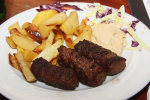
Traditional cuisine
A great number of proverbs and sayings have developed around the activity of eating. From the ...
-
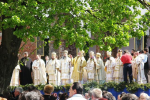
Spirituality and religion
Romanian spirituality is greatly influenced by its strong connections with the Eastern Christian ...
-
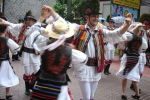
Folklore
The most striking thing about Romanian culture is the strong folk traditions which have survived to ...

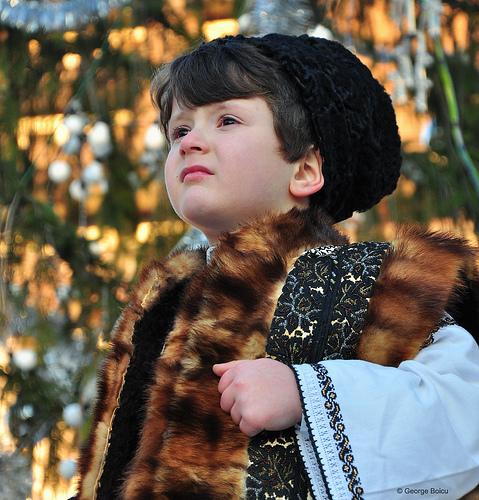
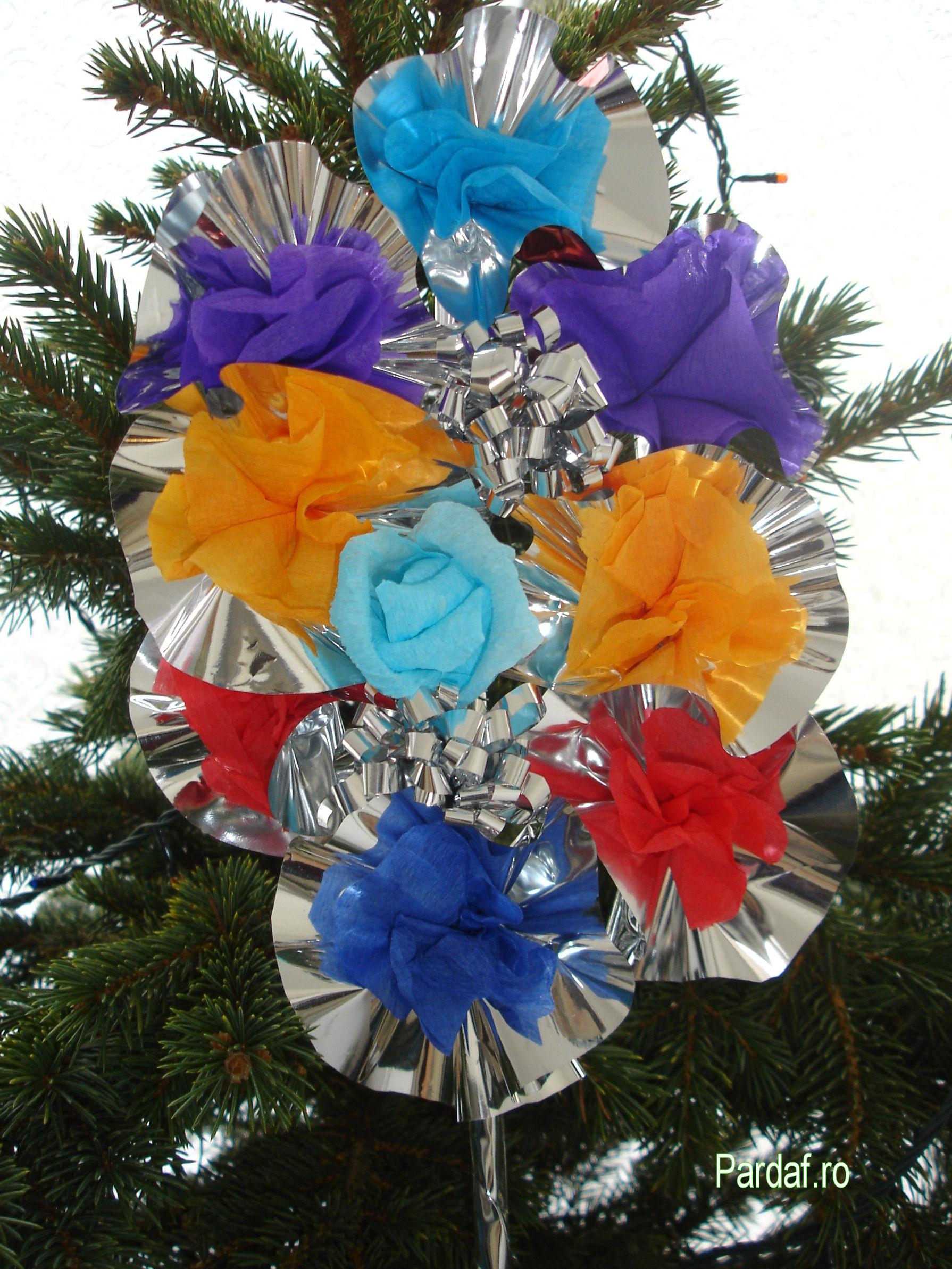
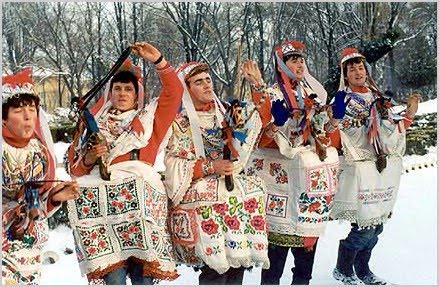








Recent Reviews